Every time I visit our nations lovely Capital I seem to find myself at the National Arboretum, by default I manage to eke out at least half an hour to check in on some of my favourite plantings. I have posted previously about two of these species but when I was looking over my photos taken from my last visit I realised that the planting combinations are really what makes these species so striking.
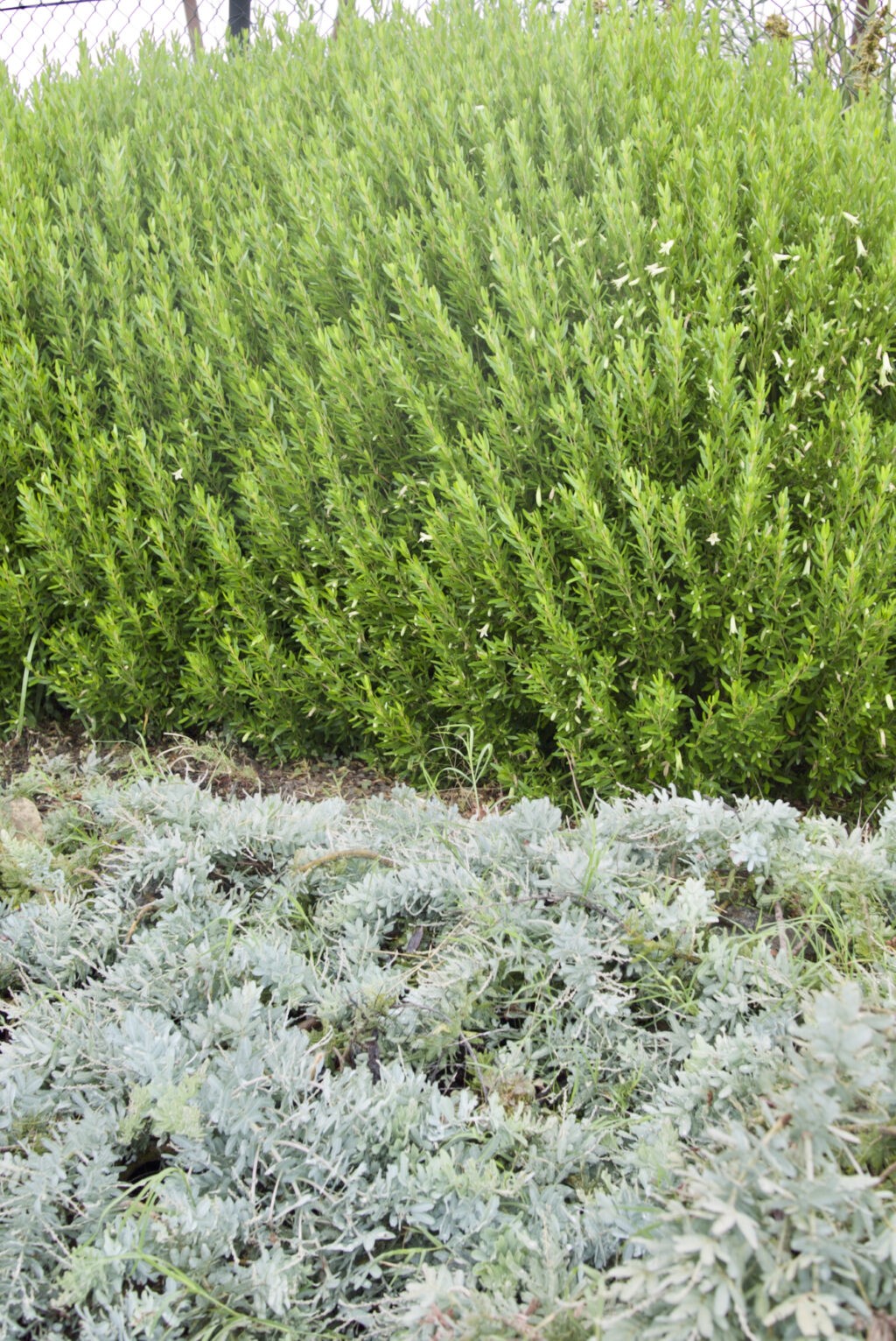
The first is the combination of the soft weeping ground cover Acacia baileyana Prostrate with a back drop of Correa glabra. Both native plants are wonderful in their own right but this combination really sets their contrasting habits off.
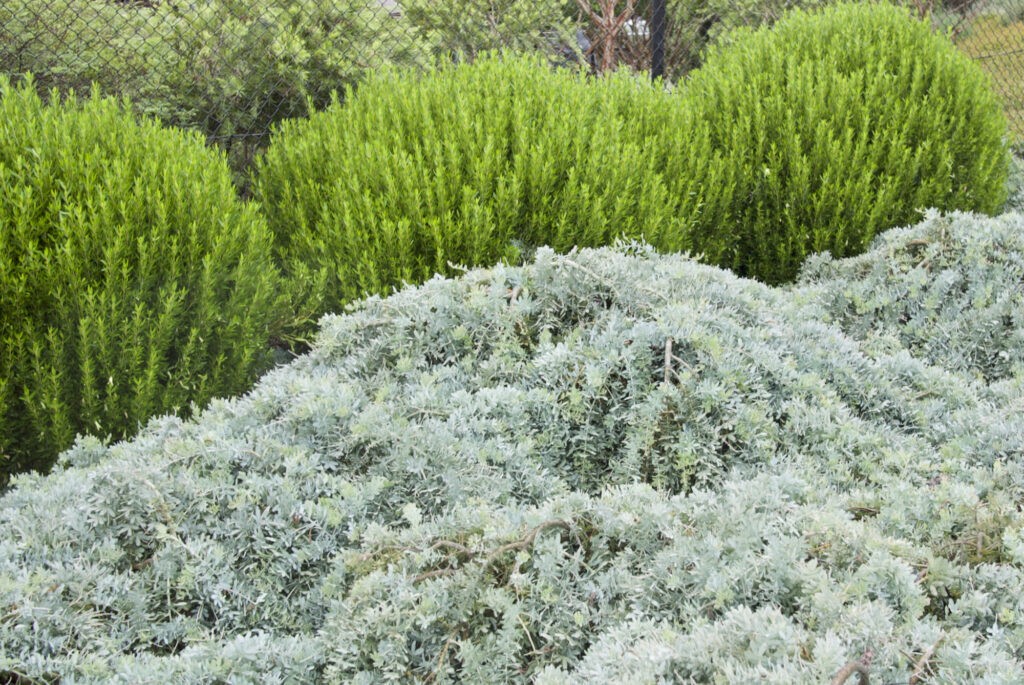
Acacia baileyana Prostrate and Correa glabra
Correa glabra is a dense lime-green ball of a shrub which naturally retains a compact shape, the stems are upright on which the bell shaped flowers hang. It is the polar opposite of the Prostrate form of Acacia baileyana, making them a fantastic combination.
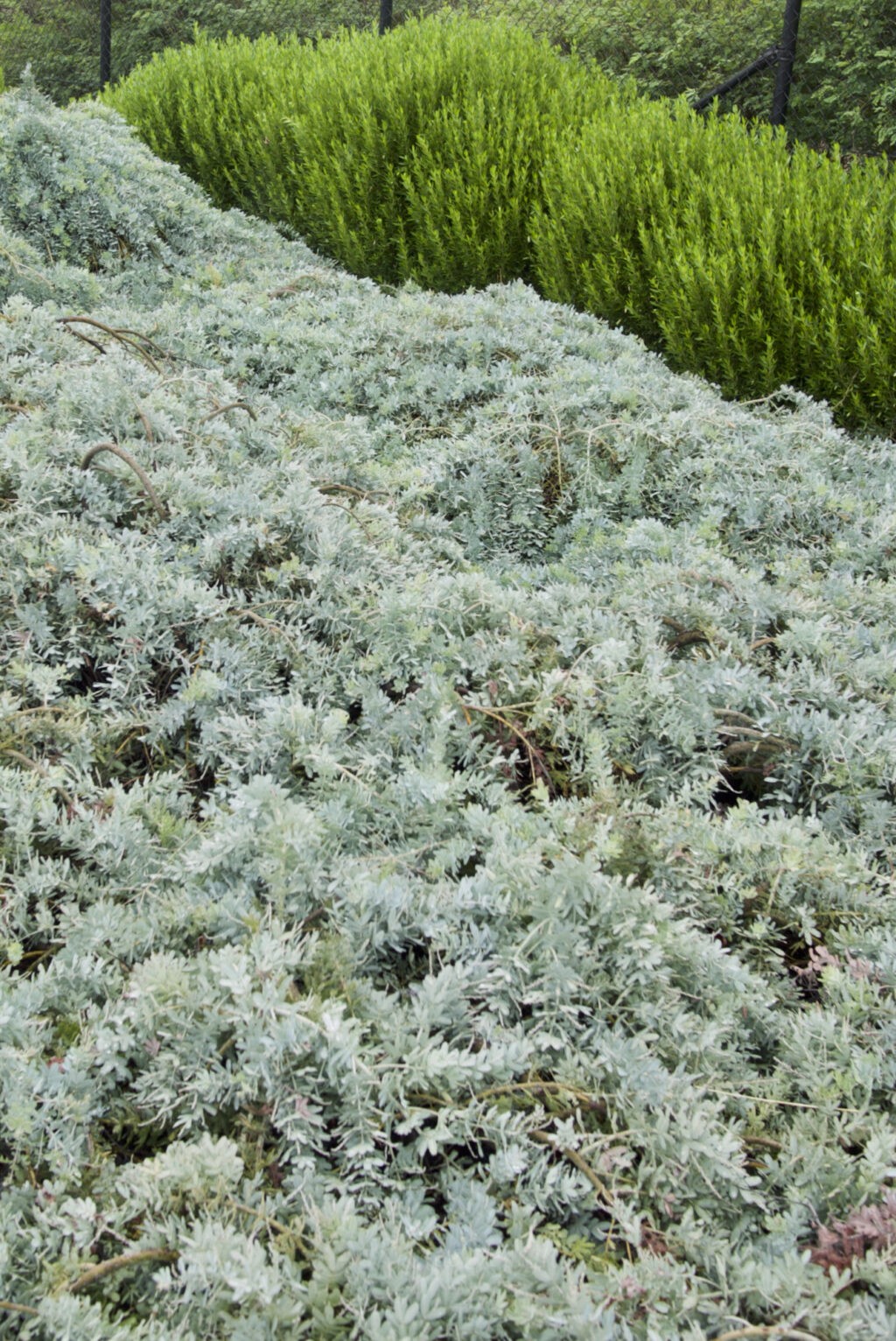
This ground cover Acacia literally cascades down a slope or bank, the arching branches are covered with weeping stems of feathery grey foliage which layers and layers upon itself spilling all over the place. This plant combination works because the Correa in the background provides a strong upright element enhancing the sprawling silver foreground.
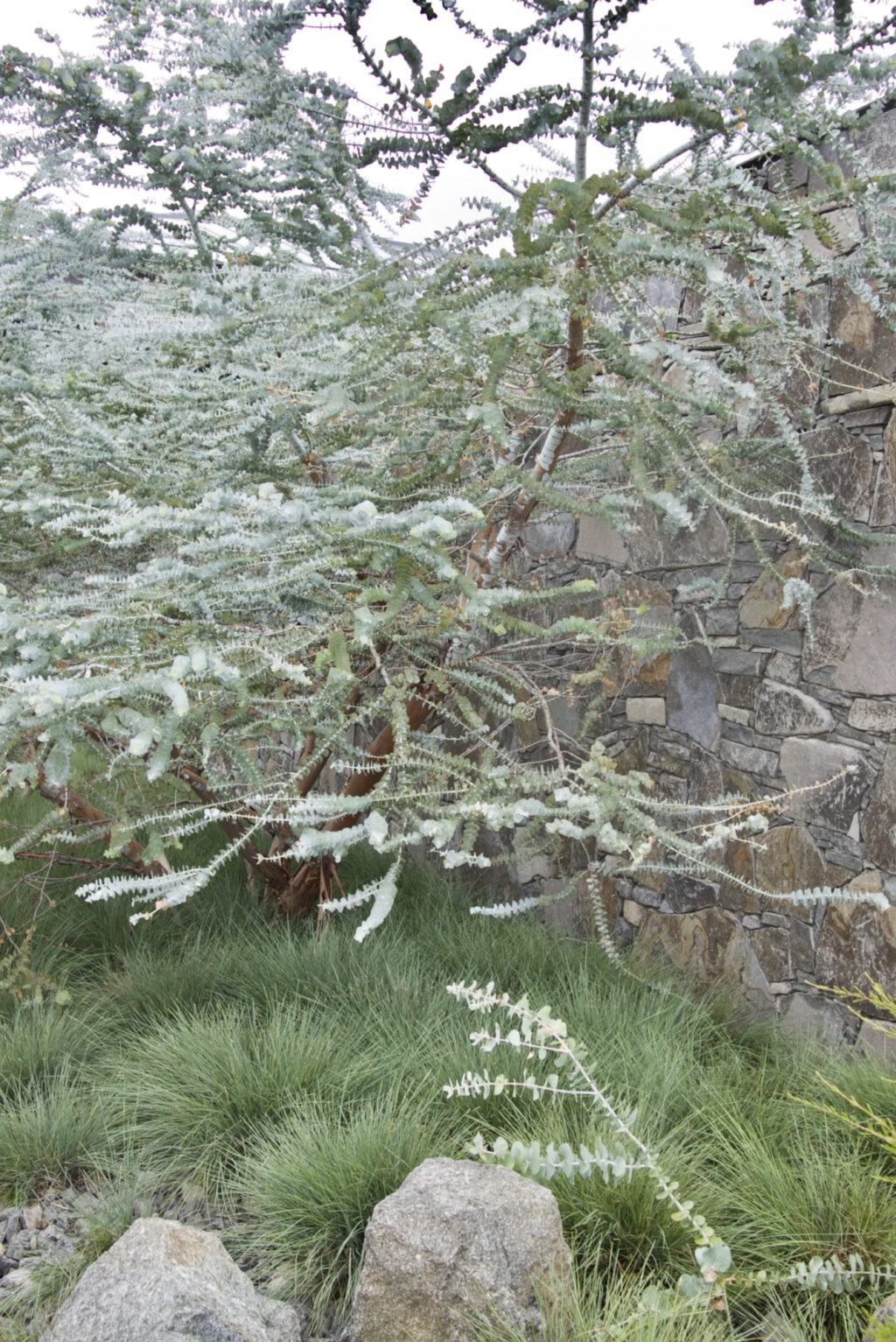
This next combination is so successful I have replicated it several times with different native grasses underneath, Themeda ‘Mingo’ is my current favourite combination for Eucalyptus pulveralenta ‘Baby Blue’.
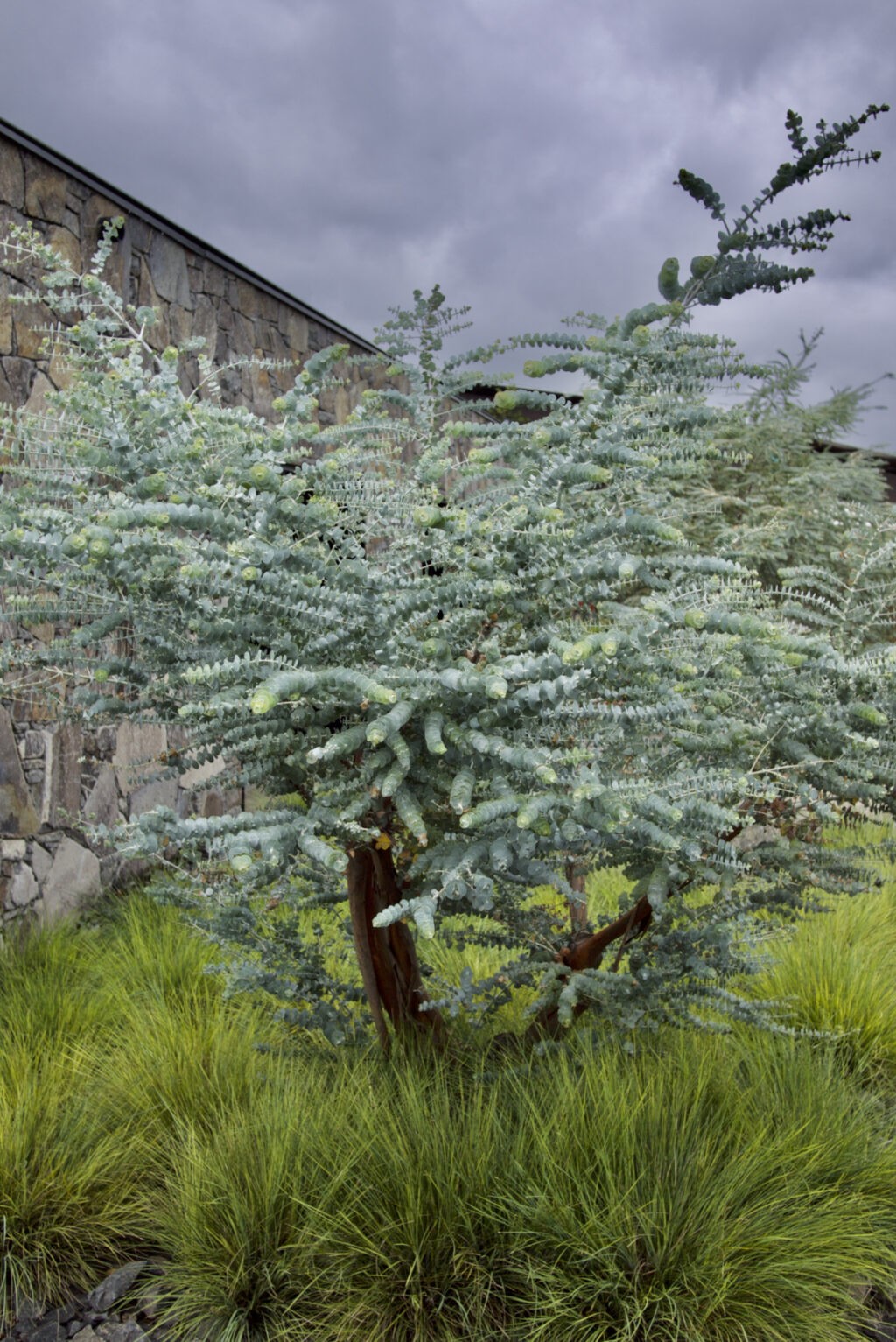
I believe the Lomandra used in this planting is a Lomandra confertifolia ssp Rubiginosa cultivar, this could be something like Lomandra ‘Mist’, Lomandra ‘Frosty Tops’ or Lomandra ‘Silver Grace’. Either way it works so beautifully as an understory to the Mallee-like habit of Eucalyptus ‘Baby Blue’ as the leaves are a fine and weeping contrast to the circular leaves on the horizontal stems of the Eucalyptus.
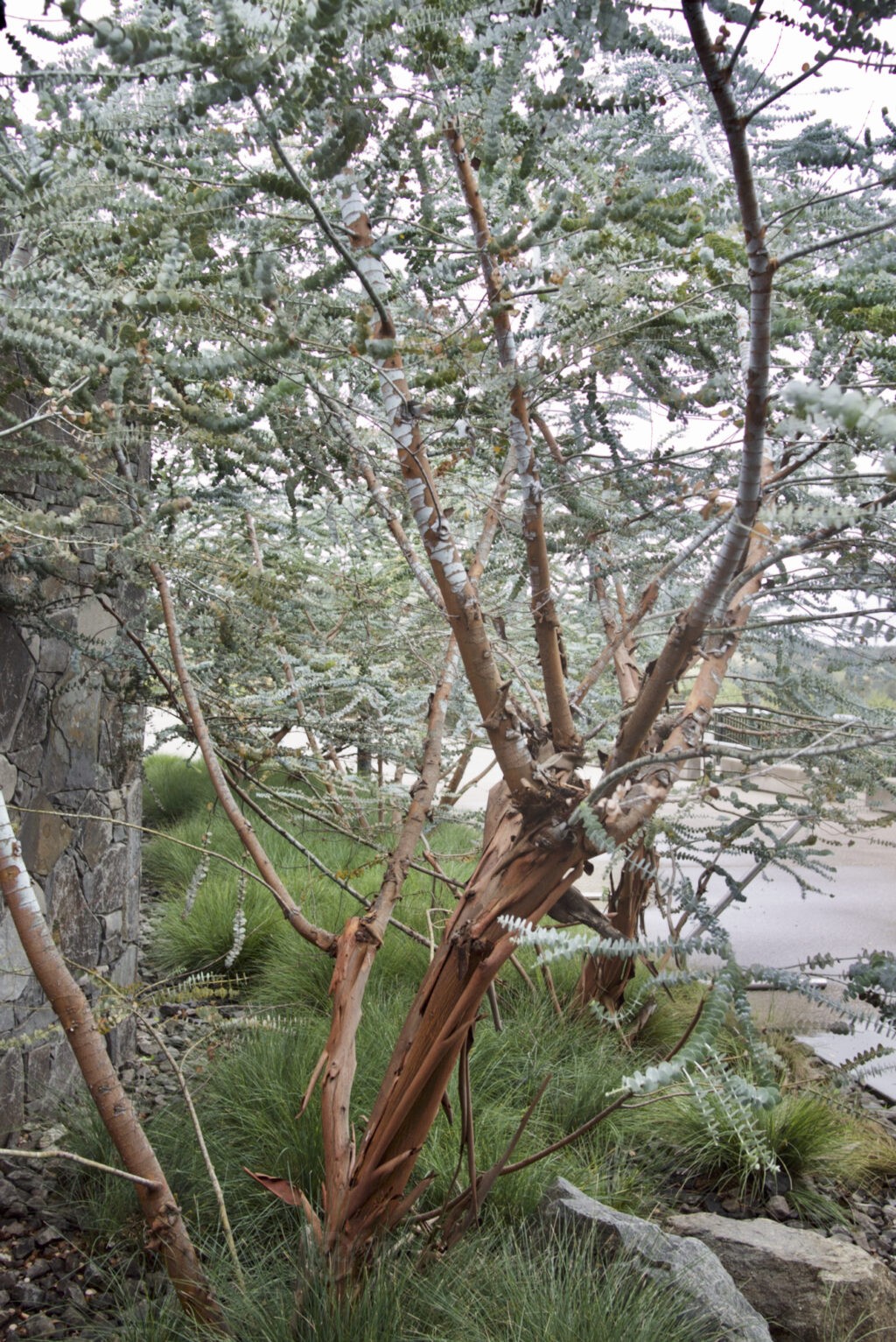
Eucalyptus pulveralenta ‘Baby Blue’ and Lomandra ‘Frosty Tops’
Mass planting of Lomandra generally always look great as an under storey when the tree has decorative bark, they allow space to view interesting trunks and stems without visually competing too much. These Lomandras also have a very fine textural leaf which is enhanced when mass planted and are best viewed by looking down onto them.
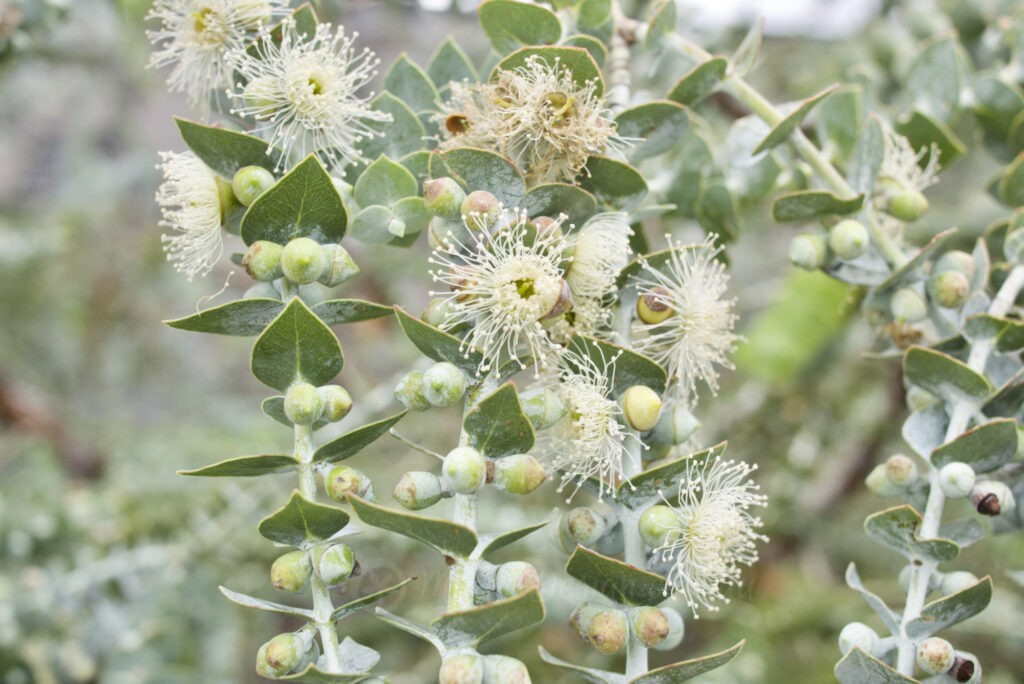
The four natives in this post are all frost tolerant and drought resistant once established. I hope this post may inspire you to consider some different planting combinations and think a little about foliage contrast and how different species forms can enhance each other visually.

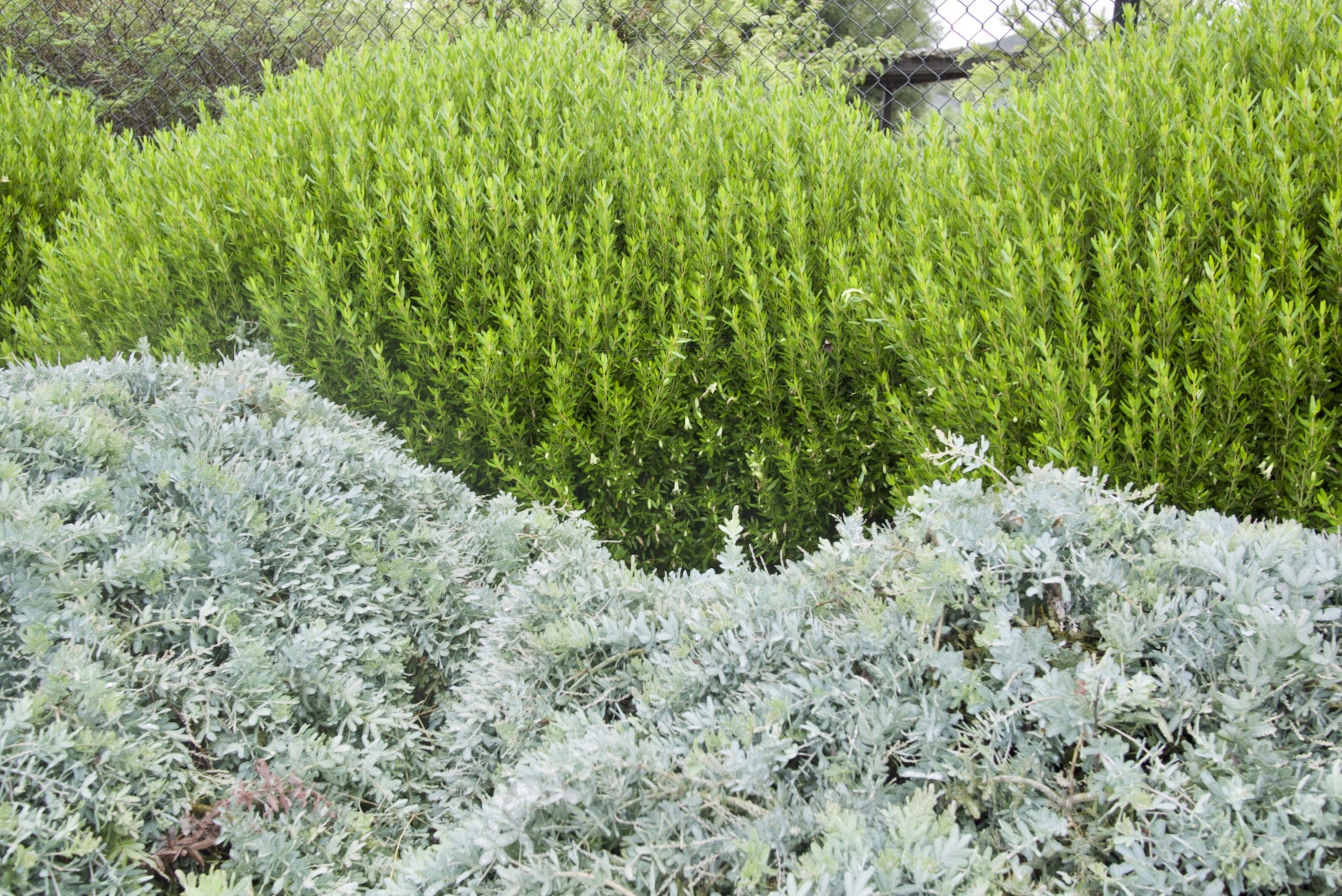
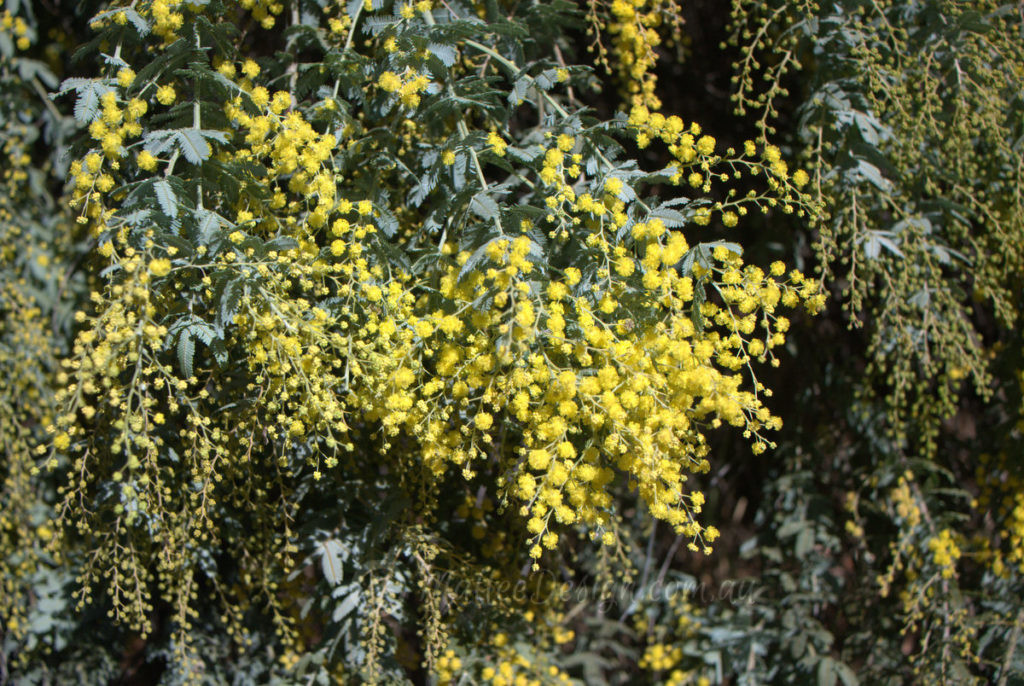
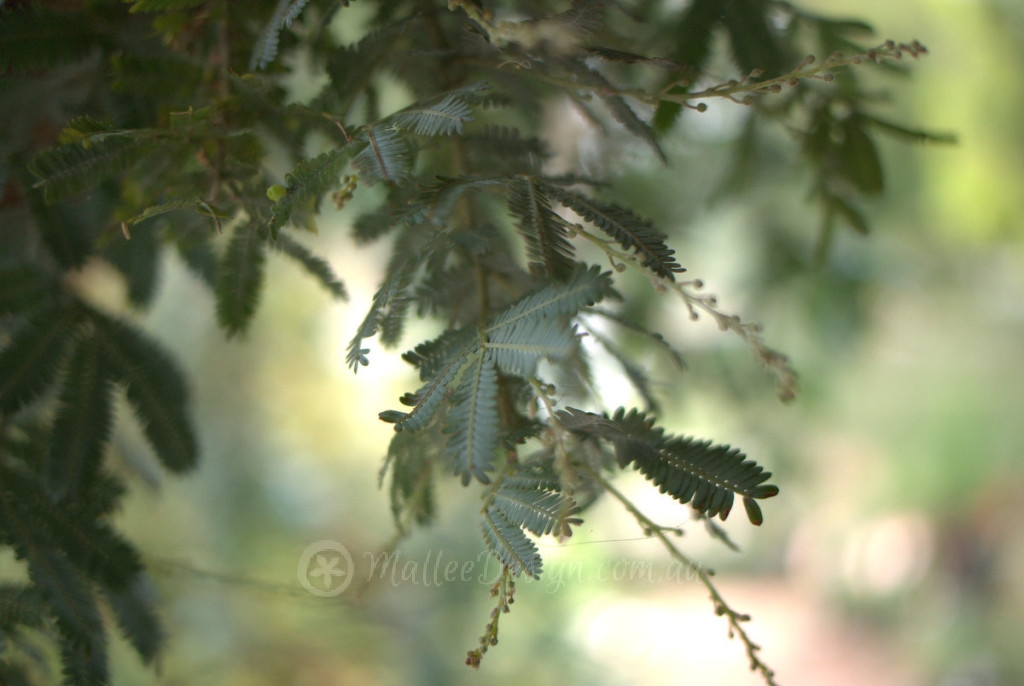
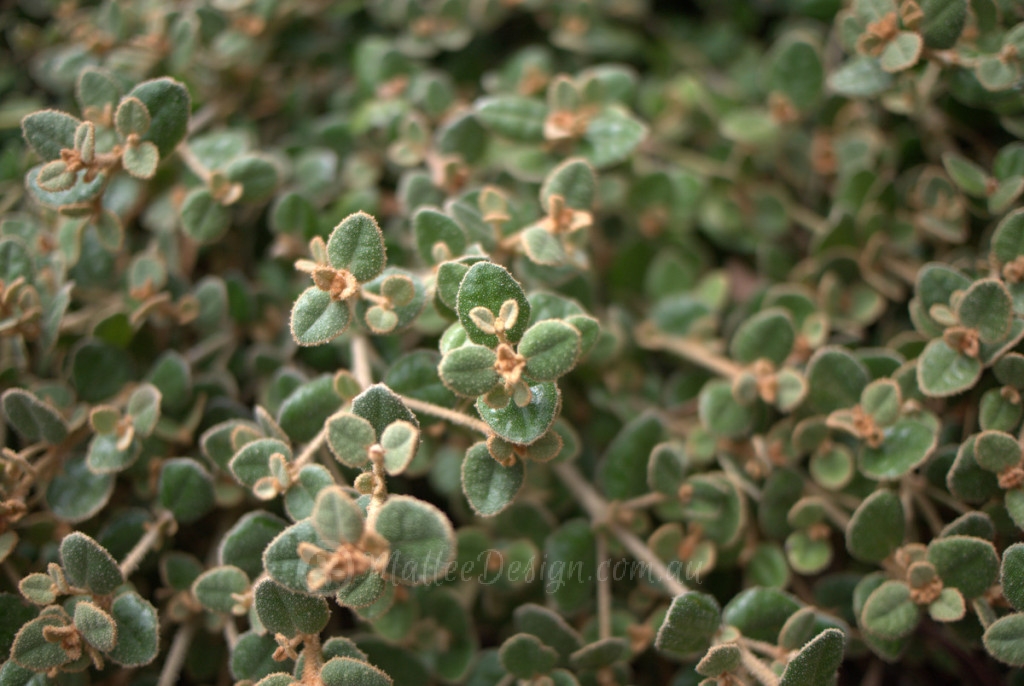

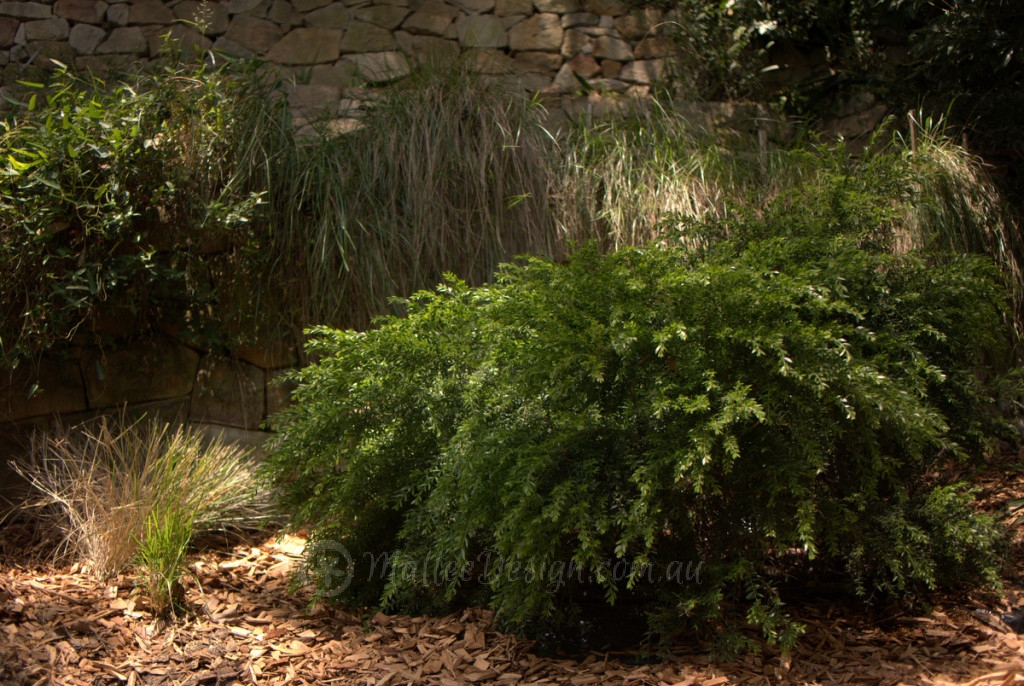
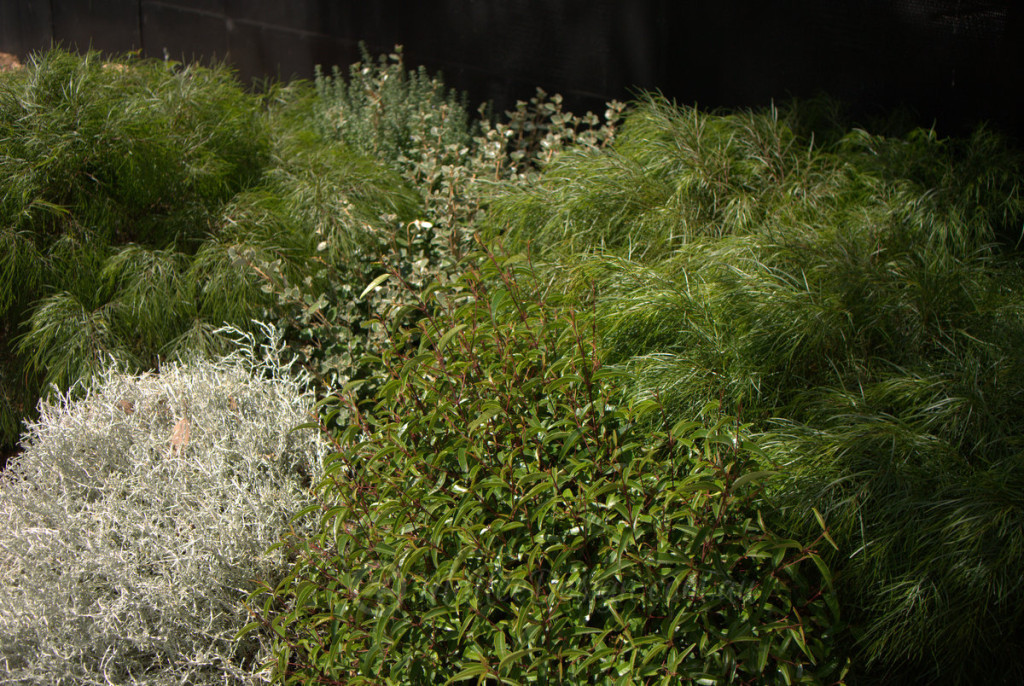
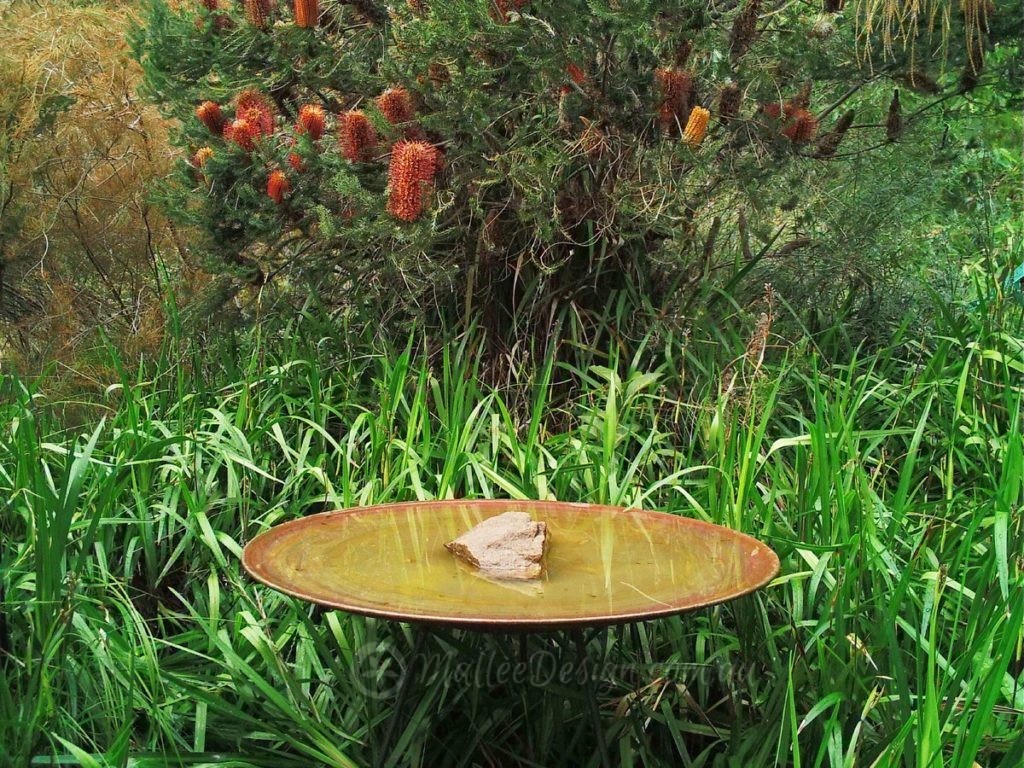
Leave a Reply